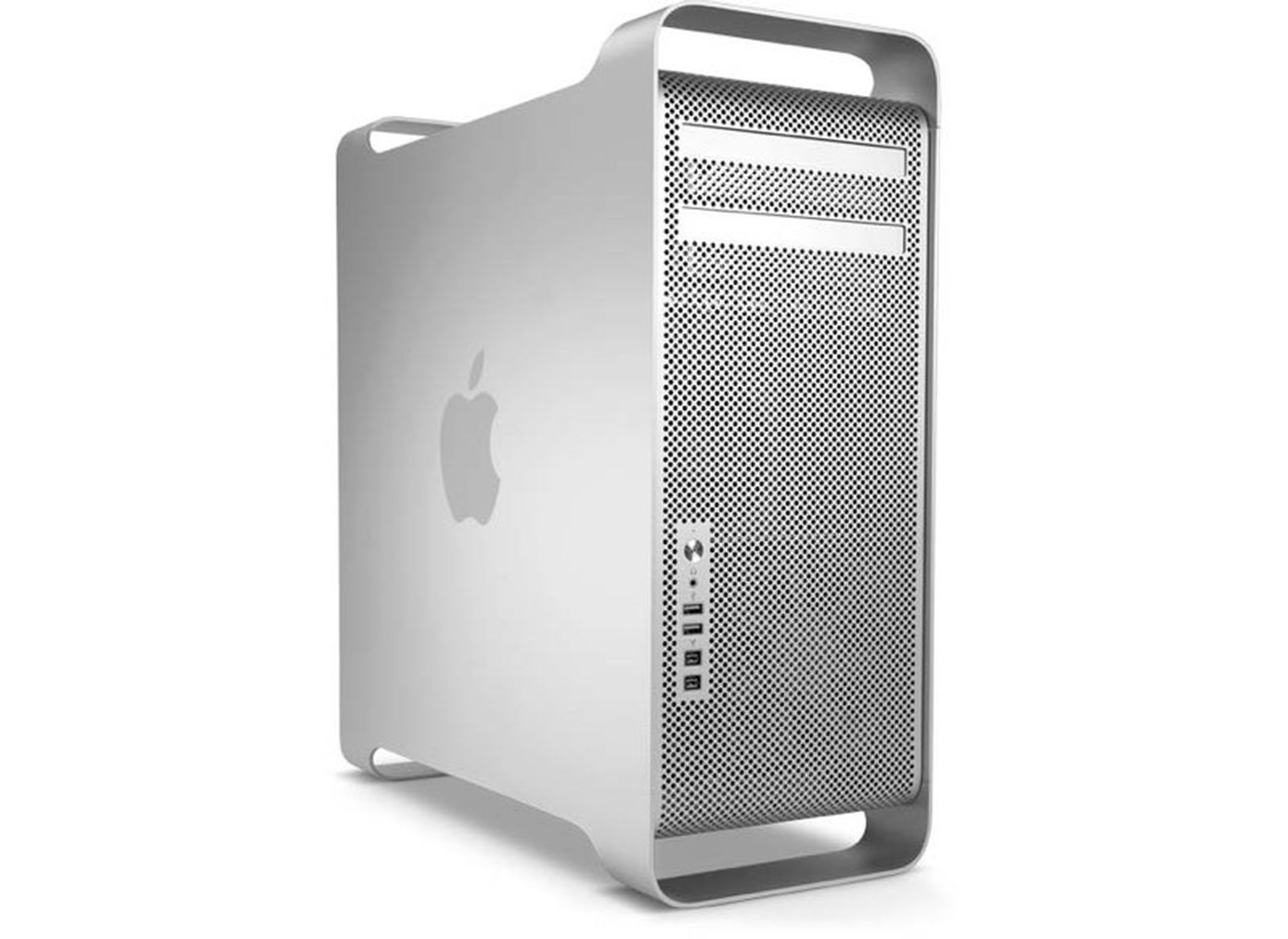So, I don´t have to install the Siri patch, just like the post install suggests?
Correct. Keep in mind that as macOS updates roll in, the post install tool can't possibly determine what is now working OOB and what is not, it is just telling you that a particular patch is not installed. As I was saying previously, most patches do become obsolete eventually, as Apple(willingly or by pure accident) makes things work OOB on unsupported Macs.


